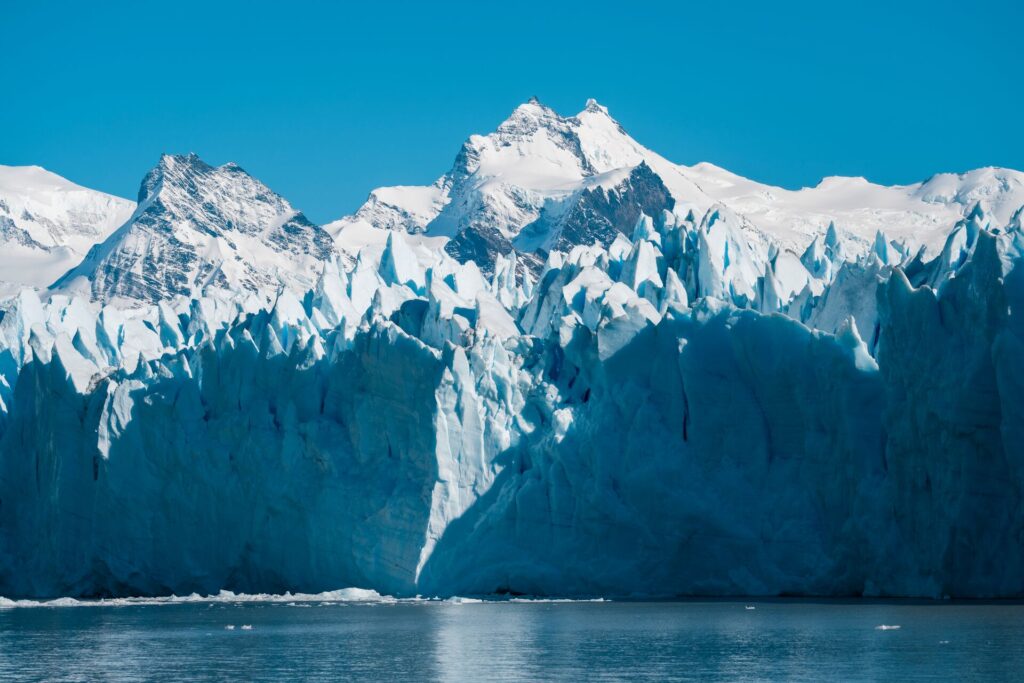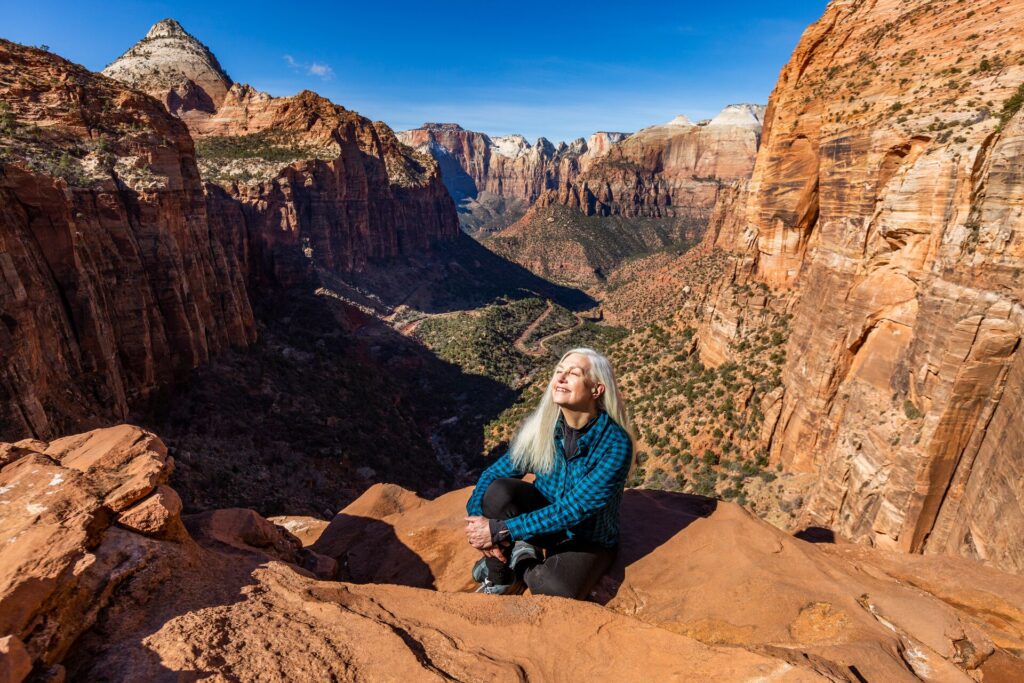Something in the Water: Exploring Loch Ness With Local Expert, Emma Harrison
It’s no exaggeration to say that the 788ft-deep, 23 mile-long body of water that cuts an obsidian-dark swathe through the Scottish Highlands, is the most famous lake in the world. Loch Ness is universally recognized as a place where the line between the known and the unknown becomes blurred, where lore and legend remain a part of daily life – well into the 21st Century.
Tales of the Loch Ness monster, known as Nessie to the locals, have been told here since ancient times. The first recorded mention of a “water beast” was by Irish monk St. Columba in 565 AD. Since then, countless sightings have been recorded and, despite no scientific verification, the widely-held belief among locals that there’s something lurking in the loch’s inky waters remains unshaken.

But there’s more to Loch Ness than just its elusive monster. To learn more about its history, geography and what you can expect on your visit to this special place, we spoke to Loch Ness local, and this week’s Insightful Destination Expert, Emma Harrison.
As a Destination Development Manager for Visit Inverness Loch Ness, Emma knows the loch as well as anyone. Read her interview, then take on Insightful Travel Trivia, clues to the answers of which can be found in this article.
Hi Emma. Can you introduce yourself, and tell us about your connection to Loch Ness?
“Of course. I’m a Destination Development Manager for Visit Inverness Loch Ness, and my job is to help the sustainable development of the area – through growing events, supporting local communities and showcasing everything there is to do here.”
What it’s like being able to call Loch Ness your ‘office’?
“Loch Ness as an office is exactly what you might expect; it’s a very tranquil place to work. It’s full of mystery. It’s super beautiful. It has quiet times, it has busy times. It’s always full of excitement. So, I would say it’s a nice, varied office life.”
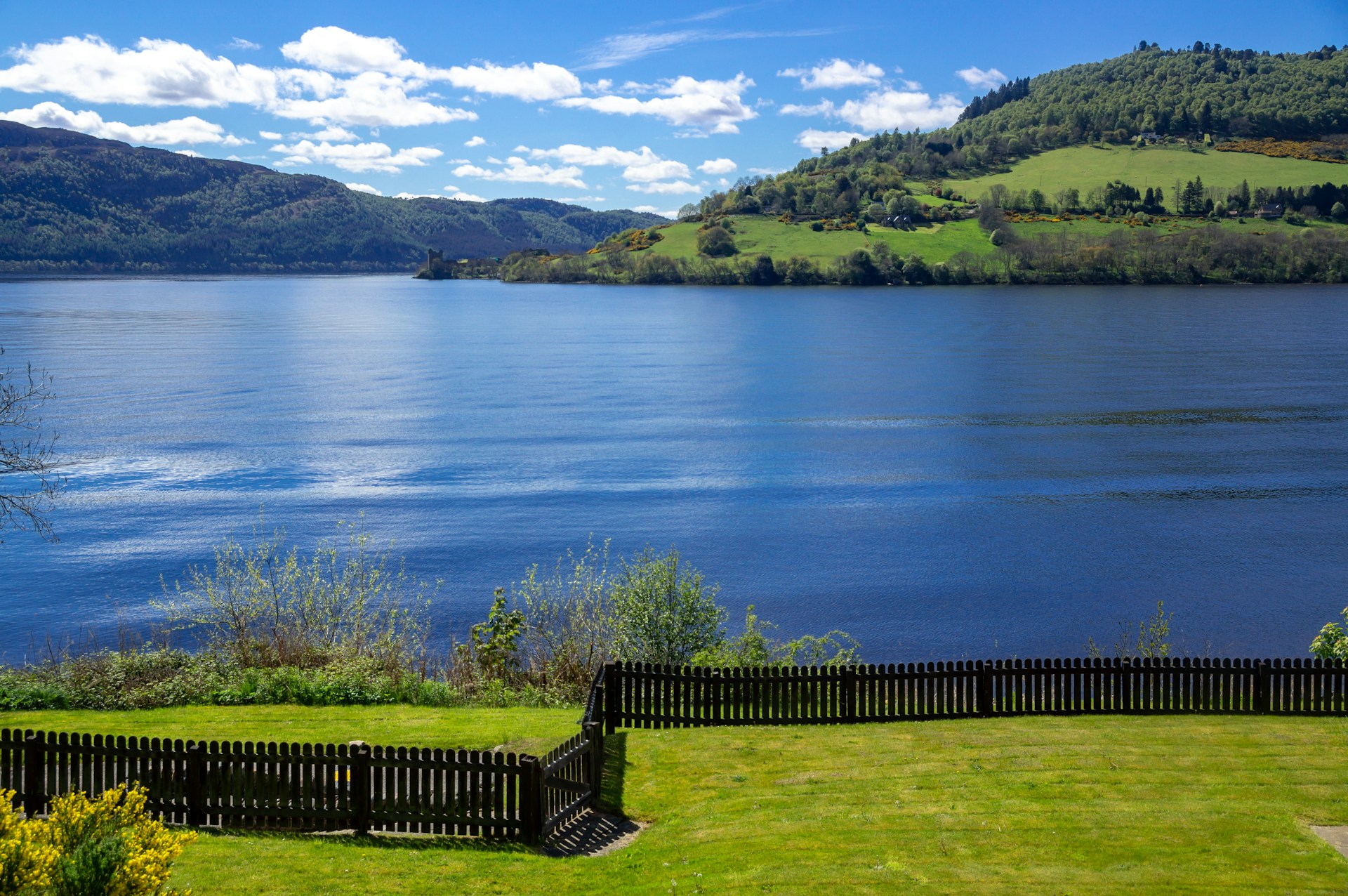
The characteristically-dark waters of Loch Ness are created by tannins, which leach into the loch from the surrounding peat-rich hills.
The story of Nessie has made Loch Ness famous. Why do you think this particular legend is so compelling?
“I think Scotland in general is quite compelling, as a place with a lot of myths and local legends. I think that sets the scene for stories like this to take root. Tales about a mysterious creature in Loch Ness have been told for centuries to the point where it has just become a part of the area’s identity.
“I do also think there’s something special about Loch Ness itself that sparks the imagination. The water is dark, the weather is changeable – it’s surrounded by hills, and dotted with ancient castles. The atmosphere gets under your skin, and makes it easy to believe something like a monster could exist here.”
DISCOVER MORE ON
Have you ever caught a glimpse of Nessie yourself?
“I cycle a lot around Loch Ness and I’ve definitely seen movement. In fact, I was actually down at the Loch yesterday and there was definitely something black in the water – and I saw the ripple effects. So, although I can’t claim to have seen Nessie’s head, I would definitely say this elusive creature exists.”
Save up to $3,000* per couple on your first Premium Tour
Plus receive latest offers, travel inspiration, and discover how your travels will make a positive impact. Together, WE MAKE TRAVEL MATTER®. Subscribe NowBut Loch Ness is about more than just Nessie. What else is going on here?
“Absolutely. There’s so much to do here. You can take a cruise on the loch, or to really take in the majesty of the place, you can explore by kayak, open canoe or enjoy a guided tour in a Canadian canoe.
“If you’d rather stick to the shore, you can walk or cycle along the Loch Ness 360 trail which loops around the entire circumference of the loch. The 80-mile trail starts and ends in Inverness and can be covered over six days, or done a stage at a time – depending on how much time you have.
“My personal highlights of the route are Fort Augustus Abbey, and seeing the locks of the Caledonian canal – which links the North Sea to the Atlantic, via Loch Ness. There are incredible food stops along the way, too – including Michelin-rated Station Road Restaurant in Fort Augustus. And I’m really looking forward to the opening of Inverness Castle in 2025 after a major transformation, celebrating the spirit of the Highlands through its stories of past, present and future.”
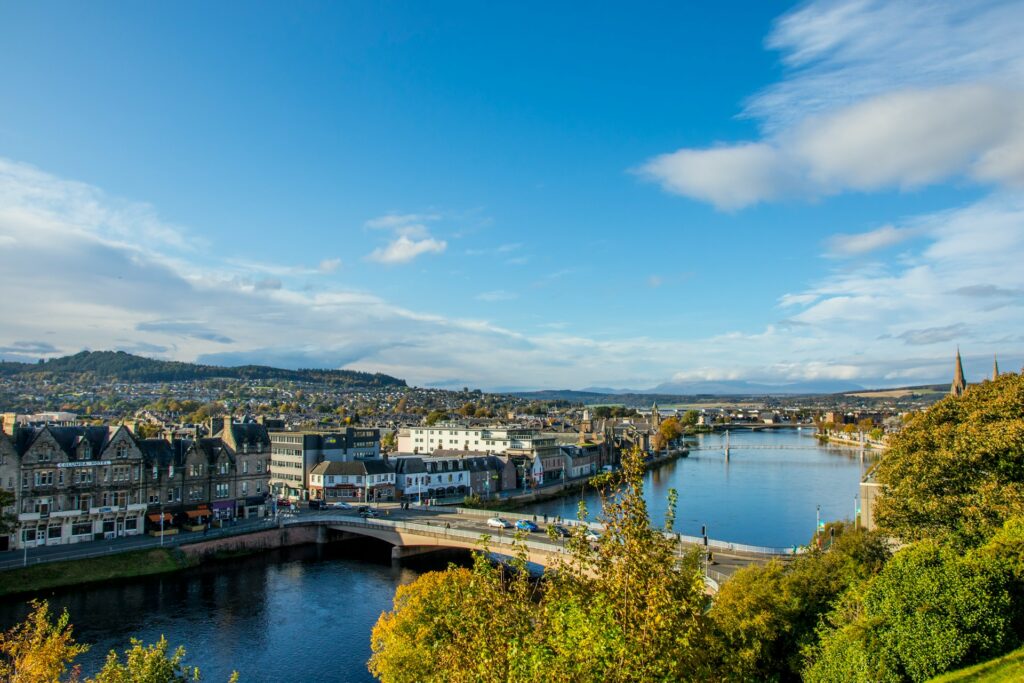
What’s the best time of year to visit Loch Ness?
“Loch Ness takes on a different personality depending on the season, and there’s always different things to do whenever you visit. Winter in particular, heightens the mystery of loch – the water seems darker, giving the sense that something is lurking in the depths below. And the lively city of Inverness, capital of the Highlands, remains bustling throughout the year with local entertainment and eateries celebrating local produce.
“Spring is magical – it’s looking lovely at the moment in April, as the blossom starts to pop out. If you’re in the area in May, join The Quest – a 4 day series of events aimed at united individuals and organizations in an effort to solve the mystery of Loch Ness and its elusive monster. It celebrates the 90th anniversary since Sir Edward Mountain led the first organized search for Nessie.
“If pushed to pick one season, it would be Autumn. I just think the area looks so beautiful with the turning leaves, the golden hour light. And this October we’ve got our Loch and Land Festival coming up, which will give visitors the opportunity to try their hand at loads of different activities – from kayaking to archery. There’ll be lots of local food and drink too, so loads to look forward to.”
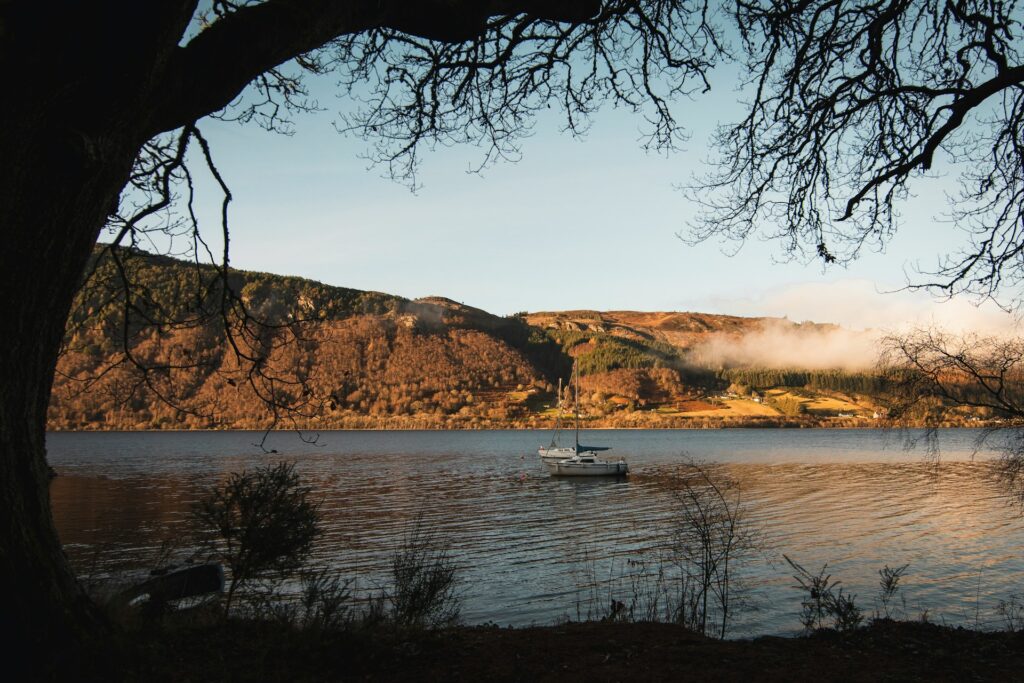
Finally, do you have any ‘insightful’ facts about Loch Ness you’ve picked up in your work?
“There are loads of mind-blowing facts about Loch Ness, like the fact that it’s deep enough to hide two and a half Big Bens stacked end-to-end – the equivalent of a sixty-storey building. I also love the simple fact that it contains more fresh water than all the lakes in England and Wales combined – around 263 billion cubic feet.
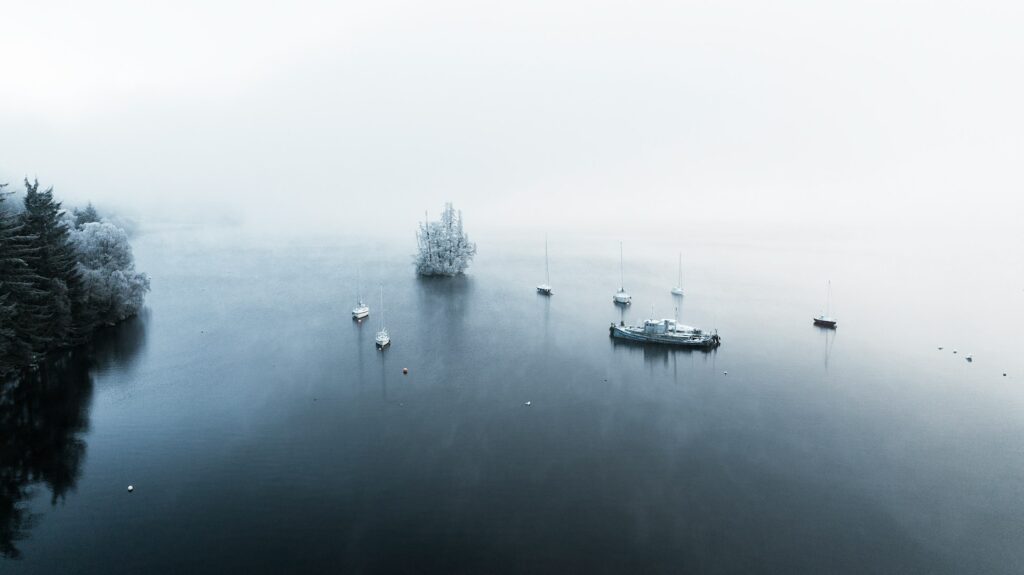
“Another interesting thing to look out for when you visit Loch Ness is Cherry Island, which is a man-made island called a crannog. It was likely constructed in or around the first century AD as a dwelling or defensive structure, and would have been connected to the shore via a walkway. It’s just a tiny example of the incredible history that can be found here if you know where to look.”
LIKED THIS POST? SHARE WITH YOUR COMMUNITY

